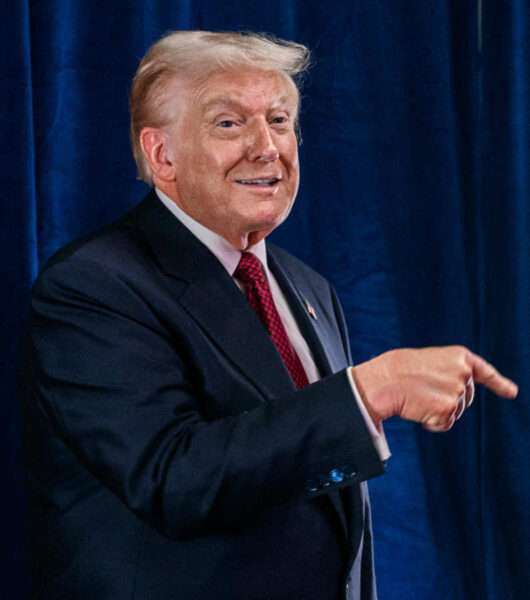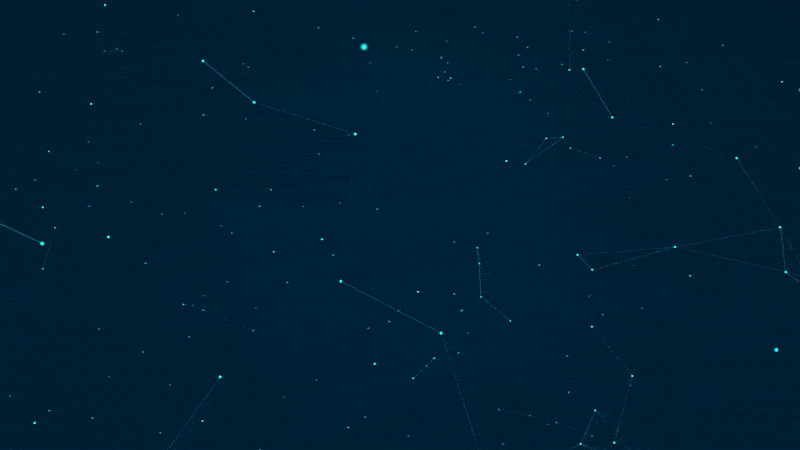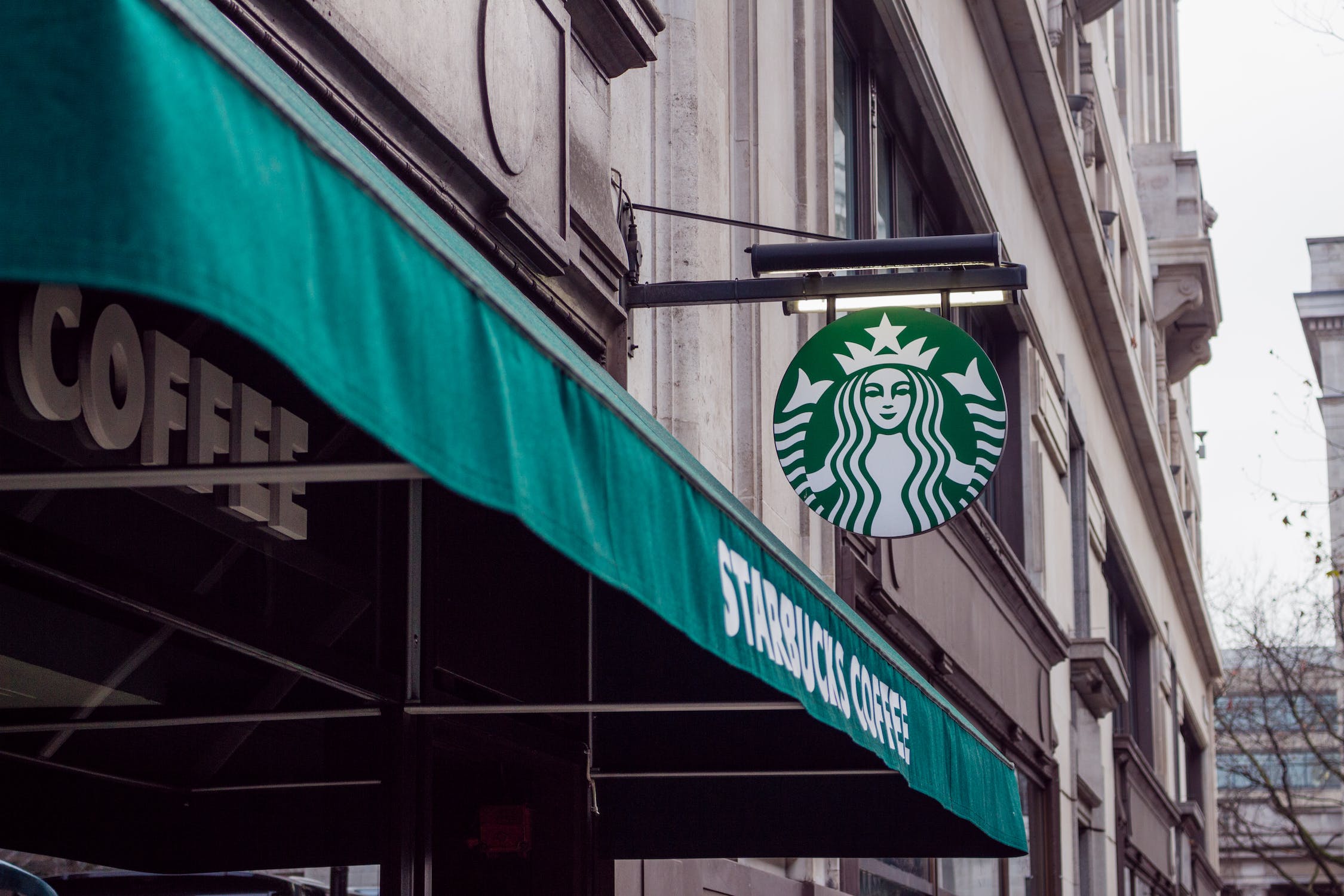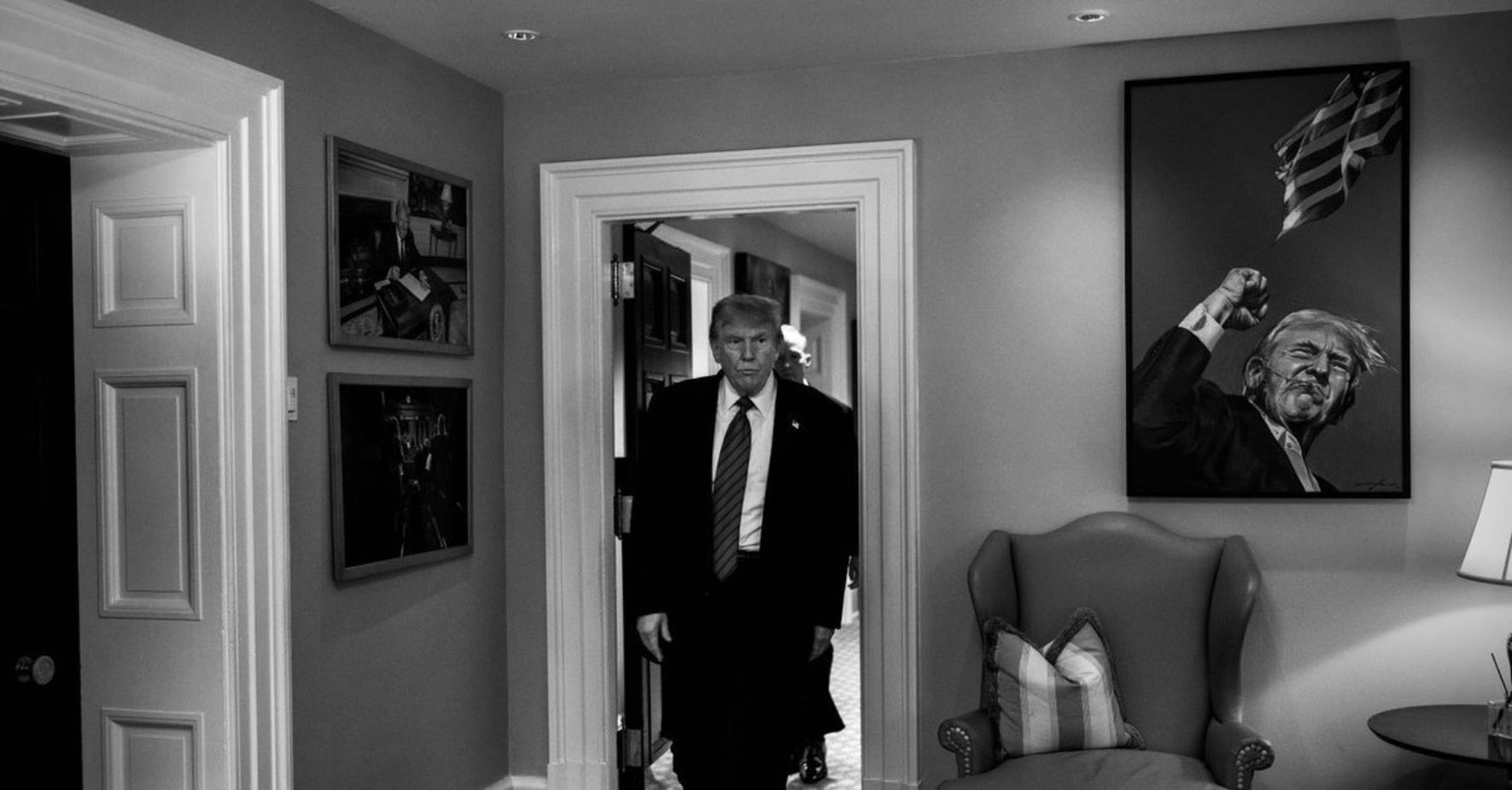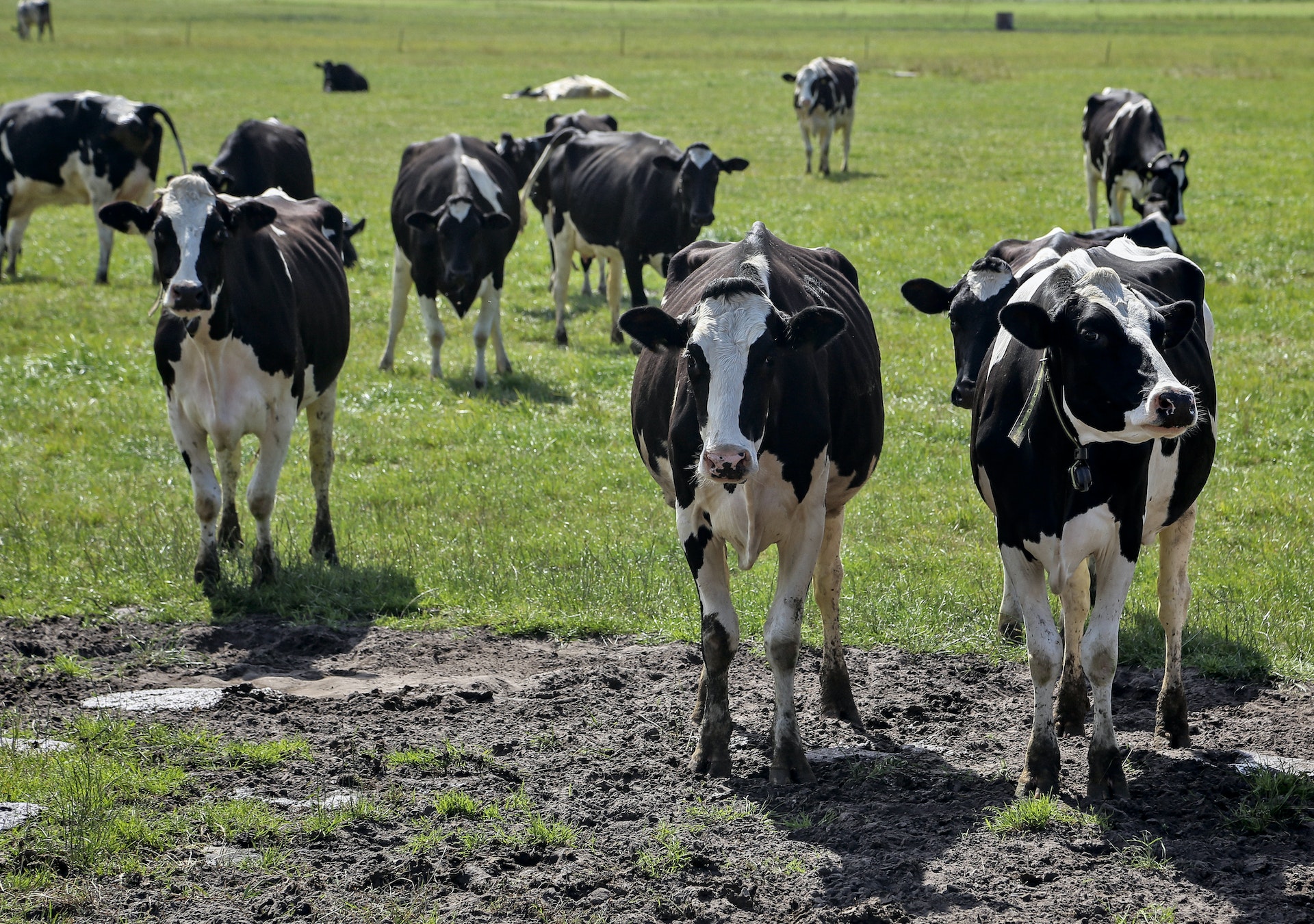An investigative team from the “TruthQuest Exposé” has stumbled upon a revelation that will rock the world of cryptozoology. The legendary Loch Ness Monster, a creature that has captured the imaginations of generations, has been exposed as nothing more than a cunning marketing scheme concocted by a Scottish tourism company. Yes, it appears that the Nessie we’ve all grown to love was a fabrication designed to reel in unsuspecting tourists.
Our journey into unraveling this web of deception began when an anonymous tip led us to a dusty old file cabinet in a quaint office on the outskirts of Edinburgh. Among the stacks of forgotten brochures and faded postcards, we stumbled upon a treasure trove of documents that painted a shocking picture of orchestrated illusion. It turns out that the Loch Ness Monster was nothing more than a brilliant ruse engineered by a group of marketing masterminds.
The trail of breadcrumbs led us to the headquarters of “Nessie Enterprises Ltd.,” a seemingly innocuous company with a dark secret. Their archives contained a series of brainstorming sessions where the marketing team brainstormed ways to put the small Scottish town on the map. Among the initial rejected ideas were “The Highland Unicorn Safari” and “Gaelic Ghost Tours.” But it was the audacious idea of a lake-dwelling creature that finally stuck – the Loch Ness Monster was born.
The company’s internal memos showcased their shrewd approach to deception. “Make it blurry and mysterious – that way, people can’t be sure if it’s real or not,” read one memo. Another suggested using a series of increasingly grainy photographs, each with a tantalizing sliver of the monster visible. And so, the famous “Nessie” photographs that fueled conspiracy theories for decades were nothing more than staged snapshots, skillfully shot to keep the myth alive.
But how did they manage to sustain the illusion for so long? The answer lies in their strategy of controlled scarcity. A “sighting schedule” was meticulously devised to create an air of exclusivity. Tourists would flock to Loch Ness during the carefully chosen “Nessie Weeks,” increasing hotel bookings, souvenir sales, and local businesses’ profits. The unassuming townspeople were even hired to participate in the ruse, with many sharing fabricated stories of their own “encounters” with the creature.
We managed to secure an interview with a former employee of Nessie Enterprises Ltd., who spoke on the condition of anonymity. “We all knew it was a game, but it was a game that breathed life into our town. People came from all over the world to catch a glimpse of the monster, and it brought in money and excitement. We needed that boost, especially during the quieter seasons.”
The Scottish government, caught unaware by the revelation, is reportedly considering legal action against the company for misleading tourists on such a grand scale. As for the tourists who visited Loch Ness in the hopes of glimpsing the elusive creature, many expressed mixed emotions upon learning the truth. “I feel a bit silly for believing it all these years,” said one visitor, “but I can’t deny I had a great time searching for Nessie.”
In the aftermath of this shocking exposé, one thing remains clear: the power of marketing and imagination can truly shape reality, even if that reality includes a mythical creature lurking beneath the waves of a Scottish lake. As we bid farewell to the Loch Ness Monster, we can’t help but wonder what other fantastical creatures might be lurking in the shadows of our collective consciousness, waiting for their chance to captivate the world.





